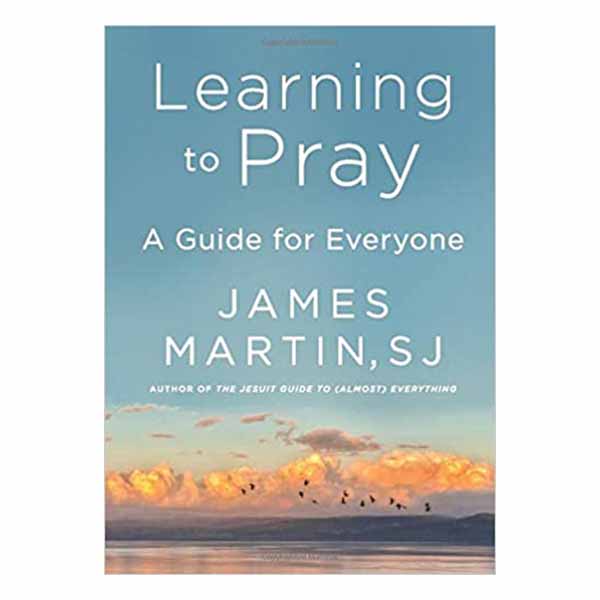Jesuit priest Martin (The Jesuit Guide to (Almost) Everything) argues prayer is for people of all religious traditions and denominations in this astute work. While Martin acknowledges that prayer and similar practices can be a cathartic "way to unburden ourselves when we're feeling sad, angry, stressed, or frustrated," the goal of prayer should be to deepen one's relationship with God. By examining rote prayer, petitionary prayer, and a variety of techniques unique to his Catholic tradition, he seeks to move the reader toward "conscious conversation with God." Martin invites readers focus on the "emotions, insights, memories, desires, images, words, feelings, and mystical experiences" one might encounter while praying. When potentially knotty theologic material appears (such as the difference between apophatic and the kataphatic prayer), the author does an excellent job of explaining it in simple language. Martin does not privilege any single form of prayer over another and frames his suggestions as "practices and preferences rather than rules and regulations." He also addresses common questions such as "What happens when we don't get what we pray for?" and "What does it mean to 'feel' something in prayer?" Those wanting to deepen their prayer practice should take a look. (Feb.)
Copyright 2021 Publishers Weekly, LLC Used with permission.
Books on prayer abound; why read another? Here, absent theological jargon and proof-texting, with heart-warming prose, Jesuit priest Martin invites readers to consider prayer anew. At its core, prayer, he says, is building a relationship with God in the way that other relationships are built: through conversing, listening, and spending time with one another. Drawing on his own life and the writings of saints and contemporaries, Martin discusses myriad ways to build this relationship: leaning on the reliability of rote prayers, seeking God's presence in centering prayer, immersing in the sacred writings of text-driven Lectio Divina, reflecting on God's presence at end-of-day in the Examen, using the imagination in Ignatian contemplation. Prayer is not just about asking and receiving, Martin knows; prayer can, nay must, also express hurt, jealousy, anger, ingratitude, and ""dryness"" in order to advance into a fuller, more mature relationship with God. Other chapters include information on journaling, retreats, and discerning God's voice. With Martin's guidance, interested readers may see prayer as both the most natural yet transcendent thing in the world. COPYRIGHT(2021) Booklist, ALL RIGHTS RESERVED.
In his latest book, Martin, SJ (Jesus: A Pilgrimage), focuses on the personal aspect of prayer, assuring readers that verbal engagement with God is not impossible. Through personal anecdotes and historical references, Martin offers a guide for the layperson who is serious about prayer. A Jesuit priest, the author is highly experienced in matters of prayer, and effectively supports his arguments with biblical scripture as well as theological research. Although Martin considers prayer to be a two-way conversation between God and the person praying, chapters include examples of rote prayers that one can use. The purpose of these, as well as other suggestions, is to enrich one's prayer life. They also provide both a point from which to seriously begin a practice of prayer and a common bond for believers around the world. While the primary aim of Martin's book is the importance of developing a habit of regular personal prayer, Tim Keller's Prayer emphasizes how to successfully achieve it. Martin's approachable book can be read as a complement, or on its own. VERDICT Highly recommended for all Christian believers, those beginning their faith journey, and others seeking spiritual development.--Chad Clark, Nederland, TX
Copyright 2021 Library Journal, LLC Used with permission.



